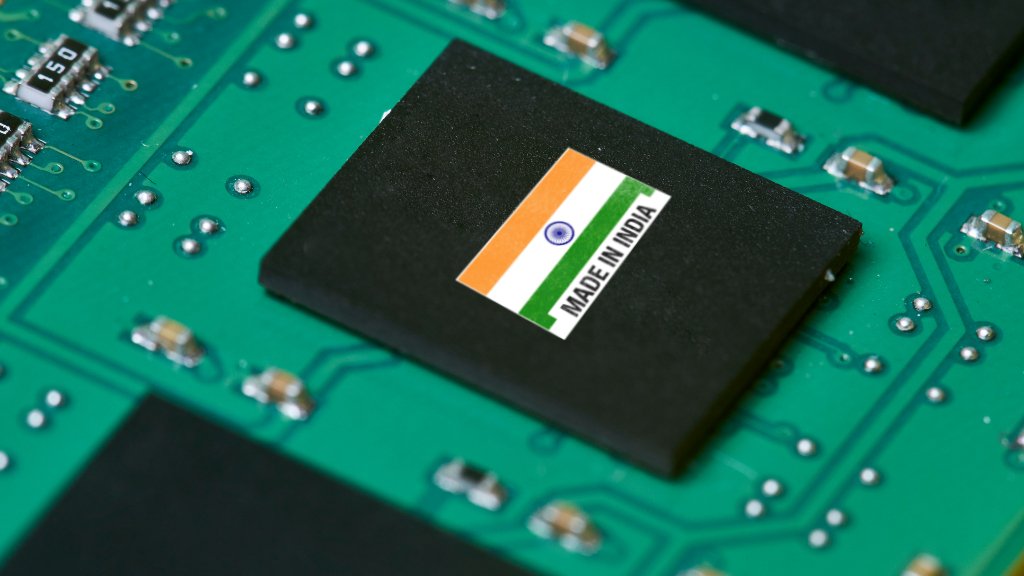Introduction
The semiconductor industry stands as a pivotal driver of technological progress across diverse sectors, encompassing telecommunications, consumer electronics, automotive, and healthcare. Nonetheless, India’s foothold within semiconductor manufacturing appears relatively restrained in comparison to its global counterparts. In this article, we delve into the multifaceted reasons underpinning India’s current stature in the semiconductor landscape while elucidating potential pathways for robust expansion.
India’s Rank in Semiconductor Manufacturing
Within the global semiconductor market, India’s contribution has hovered below the 2% mark, a markedly modest share as per data from the Semiconductor Industry Association. This places India behind prominent players such as China, Taiwan, South Korea, and the United States, both in terms of production capacity and overall market share.
Challenges Faced by India
Preventing India’s ascent in semiconductor manufacturing is a confluence of intricate challenges, chief among them being the absence of a sturdy infrastructure and a conducive ecosystem. The establishment of a semiconductor fabrication facility mandates substantial investments in specialized equipment, controlled environments (cleanrooms), and a workforce proficient in intricate processes. Regrettably, India has encountered hurdles in erecting a holistic ecosystem capable of sustaining such sophisticated manufacturing operations.
Central to the semiconductor realm is the demand for a cohort of highly skilled professionals adept in chip design, fabrication protocols, packaging methodologies, and rigorous testing standards. Herein lies a stumbling block, as India contends with a scarcity of qualified engineers and researchers boasting advanced proficiencies in these specialized domains. This dearth in skilled talent emerges as a formidable barrier, hampering the organically grown semiconductor manufacturing landscape.
A bedrock of successful semiconductor manufacturing lies in the ongoing pursuit of research and development (R&D), essential to stay abreast of technological strides. Sadly, India’s historical allocation of limited resources towards R&D activities within the semiconductor sector has cast a shadow over its capacity to innovate and engender cutting-edge technologies requisite for competitive semiconductor manufacturing.
Of significant note is India’s pronounced dependence on imported semiconductors to satiate its domestic demand. This reliance not only amplifies costs but also subjects the nation to the perils of supply chain disruptions and security vulnerabilities. To pivot towards a more potent position in semiconductor manufacturing, India must recalibrate this import-reliant trajectory and instead nurture indigenous capabilities.
Opportunities for Growth
Concurrently, the Indian government has acknowledged the strategic import of the semiconductor industry and has unfurled a tapestry of initiatives aimed at nurturing its expansion. The “Make in India” campaign, unfurled in 2014, endeavors to galvanize domestic manufacturing ventures across various sectors, including semiconductors. Further reinforcing this stance, the National Policy on Electronics places a premium on invigorating electronics manufacturing and beckoning investments into the semiconductor sphere.
To counterbalance the scarcity of specialized talent, India has initiated skill augmentation programs in collaboration with industry stalwarts and educational institutions. This concerted effort seeks to nurture a generation of engineers and researchers well-versed in semiconductor-related disciplines, thereby cultivating a robust workforce that can propel indigenous semiconductor manufacturing.
A salient aspect bolstering India’s potential is its expansive consumer market, coupled with the escalating demand for electronics. This juncture offers a compelling impetus for global semiconductor conglomerates to invest in India. Already, a slew of multinational entities have established research hubs and design facilities within the nation, harnessing the reservoir of local talent and leveraging the burgeoning market. These investments carry the promise of coalescing into a thriving semiconductor ecosystem.
Conclusion
While India’s current stance in semiconductor manufacturing might project as relatively modest in comparison to global vanguards, the potential for transformation looms substantial. Achieving this evolution mandates calibrated strategies and judicious investments. Navigating the challenges tied to infrastructure, talent shortages, R&D allocations, and import dependency constitutes a non-negotiable trajectory for India’s ascendancy.
Leveraging the fulcrum of governmental initiatives, skill augmentation endeavors, and investment inflow can collectively serve to elevate India’s semiconductor manufacturing prowess, thereby contributing meaningfully to the realm of technological advancement. In traversing this trajectory, India charts its course toward indigenously driven semiconductor excellence. With these concerted efforts, the nation is poised to etch its identity as a formidable player within the global semiconductor narrative. The future beckons, rich with potential, and it’s India’s moment to seize.

